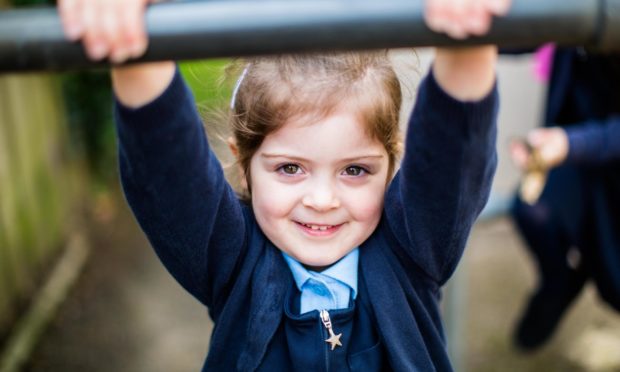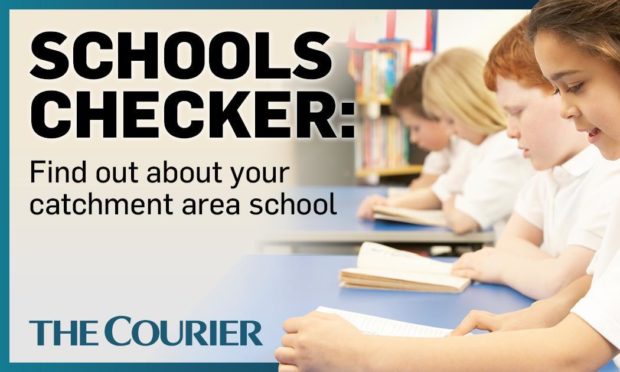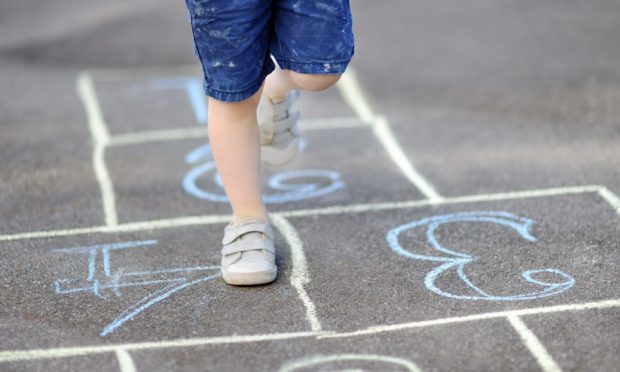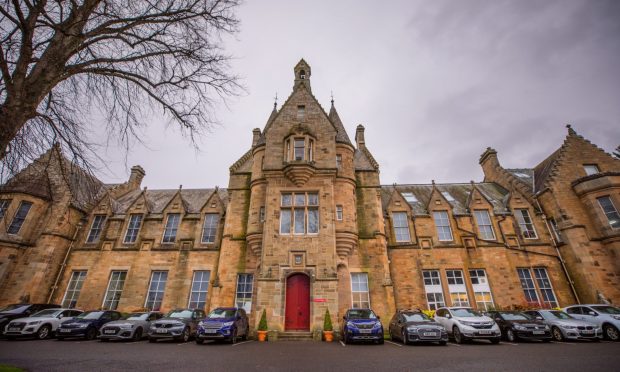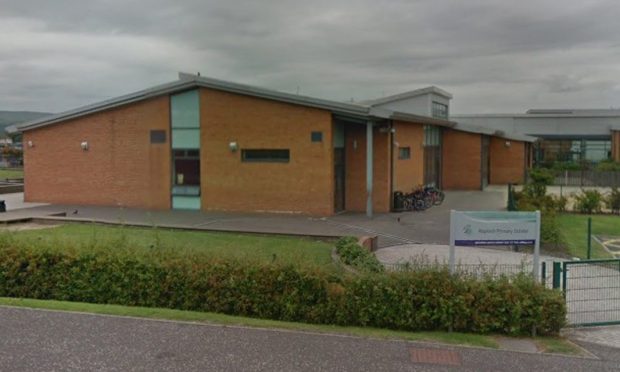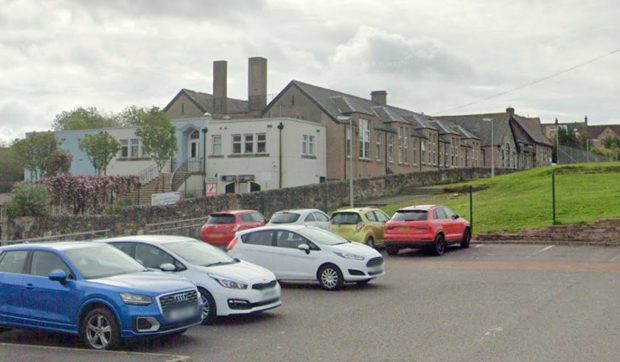Come the month of August each year, thousands of children across Scotland are preparing to head off to school for the very first time.
A single school year group will include children born between the beginning of March in one year and the end of February the following year.
However, if a child is still four when they are due to start their first year of school, parents can chose for them to defer school entry and start the following year.
We took a look at the latest available P1 deferred entry figures, for 2018, to see how many pupils across Tayside, Fife and Scotland start primary school later.
Tayside
Figures published by the Scottish Government show that in Dundee, parents opted to defer primary school entry for an estimated 55% of children born in January or February.
This compares to approximately five percent of children born between August and December – roughly in line with the national average.
In Angus, P1 deferred entry rates for both the January and February and August to December groups were higher than those of Dundee.
Government figures show that approximately 64% of children with January and February birthdays started primary school later – the fourth highest percentage across all the local authorities in Scotland.
For those who were born in August to December, this figure was approximately 11%.
The Perth and Kinross local authority area also had one of the highest deferral rates in Scotland for those born in January and February, estimated at 70%.
Similarly, for those children born between August and December, the rate was the third highest in Scotland at 13%.
Fife
According to the Scottish Government data, the rates of P1 deferred entry in Fife were lower than those seen across Tayside.
For children in the January and February group, there was later primary school entry for approximately 35%.
As in Tayside, the rate for children born in August to December was also lower than the other age group – with the figures showing that approximately 5% of those born in January and February were deferred a year.
This, however was not the lowest in the country, with the Scottish Borders, (1%), Inverclyde (1%), and Aberdeenshire (2%) all having lower rates of deferral in this age group.
National picture
The Scottish Government figures show that the estimated rate of deferred entry to primary school has increased over the last five years.
In 2018 the total estimated rate of deferral was 15%, up from 13% in 2017. This increase has been driven by deferrals in the January and February age group, for which the estimated rate increased from 38% in 2014 to 44% in 2018.
The deferral rate for those born in August to December remained broadly stable at around 4% over the period.
Influence of deprivation
Deprivation levels appeared to play a role in deciding whether children should start school later.
Scotland-wide just over a third (35%) of pupils born in January and February living in the most deprived areas of Scotland had entry deferred, compared to a fifth (20%) in the least deprived areas.
For pupils born between August to December, the estimated rate of deferral is much more consistent, at 4% in both the most and least deprived areas.
Additional support needs
Government figures show deferral rates for children with additional support needs (ASN) are much higher than for children without.
The largest gap in the rate of deferral between pupils with and without an ASN was for those born in January.
Parents chose to defer entry for 63% of ASN children with January birthdays compared to 35% for pupils without ASN.
The rate of deferral was also two around two-and-a-half times higher for pupils with a declared or assessed disability than it was for those without.
For the August to December group, the rate was 19%, compared to 4%, and for those born in January or February it was 77% compared to 44%.
